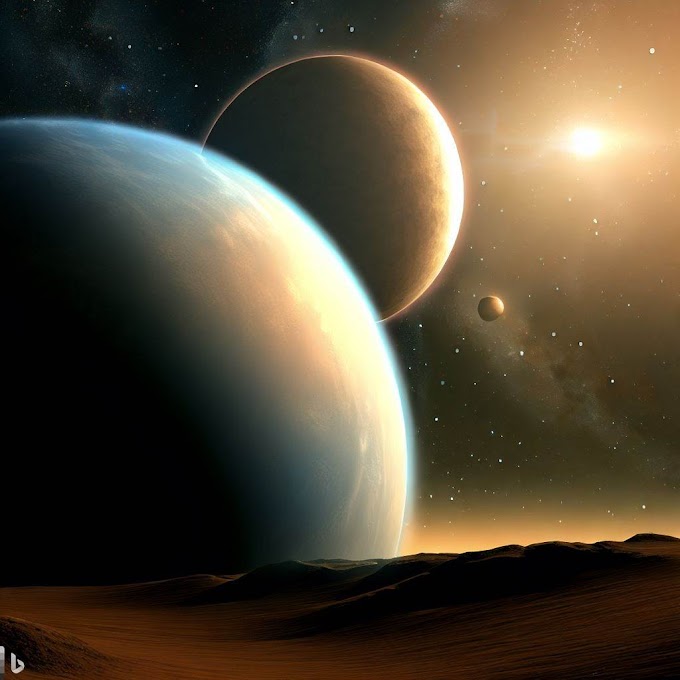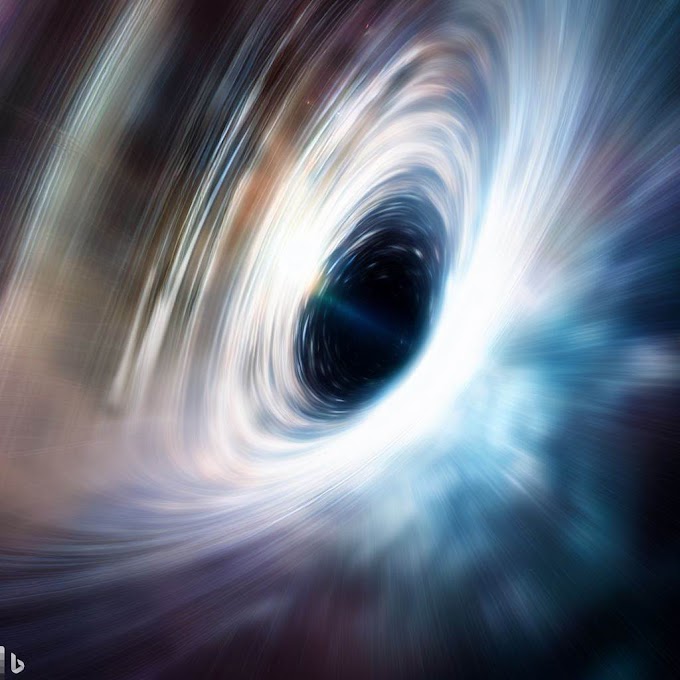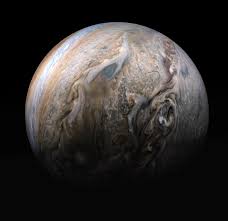The Mystery of the Expanding Universe
The universe is a vast and amazing place, full of stars, galaxies, planets and other wonders. But did you know that the universe is also expanding? This means that the distance between any two points in the universe is increasing with time. The expansion of the universe is one of the most important and intriguing discoveries in modern cosmology, but it also raises many questions and challenges.
## What is the expansion of the universe?
The expansion of the universe is not like a balloon being blown up or an explosion that pushes things away from a center. It is an intrinsic property of space itself, which changes its scale over time. The universe does not expand into anything and does not need space to exist outside of it. It is simply the way space behaves in our universe.
To understand how the expansion of the universe works, imagine a grid of dots on a rubber sheet. If you stretch the sheet, the dots will move farther apart from each other, but they will not move on the sheet itself. The same thing happens to galaxies in the universe: they are not moving through space, but space itself is stretching between them. This makes them appear to recede from each other at speeds that are proportional to their distance.
The expansion of the universe was first observed by Edwin Hubble in 1929, when he measured the redshifts of distant galaxies. Redshift is a phenomenon that occurs when light waves are stretched by the expansion of space, making them appear redder than they actually are. By measuring how much the light from galaxies is redshifted, astronomers can estimate how fast they are moving away from us and how far they are.
## How fast is the universe expanding?
The rate of expansion of the universe is expressed by a quantity called "the Hubble constant". It tells us how fast space is stretching per unit of distance. For example, if the Hubble constant is 70 kilometers per second per megaparsec (one megaparsec is just over three million light years), it means that for every megaparsec of distance between two galaxies, they are moving away from each other at 70 kilometers per second.
However, measuring the Hubble constant is not easy, and different methods can give different results. Some of the most common methods are:
- Using Type Ia supernovae: These are exploding stars that have a known brightness and can be used as "standard candles" to measure distances and velocities of galaxies.
- Using surface brightness fluctuations: These are variations in the brightness of giant elliptical galaxies that depend on their distance and can be used as "standard rulers" to measure distances and velocities of galaxies.
- Using cosmic microwave background: This is the leftover radiation from the Big Bang that fills the whole universe and has tiny fluctuations that reveal information about the early history and geometry of the universe.
- Using baryon acoustic oscillations: These are ripples in the distribution of normal matter in the early universe that reflect sound waves that traveled through it before it became transparent to light.
Each of these methods has its own advantages and limitations, and they can be affected by various sources of uncertainty and error. Currently, there is a tension between some of these methods, as they give different values for the Hubble constant. For example, using Type Ia supernovae gives a value of about 73 kilometers per second per megaparsec, while using cosmic microwave background gives a value of about 67 kilometers per second per megaparsec. This discrepancy could be due to systematic errors in the measurements or analysis, or it could indicate new physics beyond our current understanding.
## Why is the universe expanding?
The expansion of the universe is a consequence of general relativity, which is Einstein's theory of gravity. According to this theory, gravity is not a force that acts between objects, but a manifestation of how space and time are curved by mass and energy. The curvature of space and time determines how objects move and how light travels in the universe.
In 1917, Einstein applied his theory to model the whole universe as a static and homogeneous entity. However, he found that his equations did not allow such a solution, unless he introduced an extra term called "the cosmological constant". This term represented a mysterious form of energy that filled all space and counteracted gravity to keep the universe stable.
However, in 1929, Hubble's observations showed that the universe was not static but expanding. This made Einstein realize that his cosmological constant was unnecessary and he called it his "biggest blunder". Later
Kaynak:
(1) Expansion of the universe - Wikipedia. https://en.wikipedia.org/wiki/Expansion_of_the_universe.
(2) How fast is the universe expanding? Galaxies provide one answer.. https://news.berkeley.edu/2021/03/08/how-fast-is-the-universe-expanding-galaxies-provide-one-answer/.
(3) Expansion of the Universe - BBC Sky at Night Magazine. https://www.skyatnightmagazine.com/space-science/expansion-universe/.
(4) Universe Expansion Calculator | Create your own universe and see how it .... https://www.omnicalculator.com/physics/universe-expansion.















0 Yorumlar